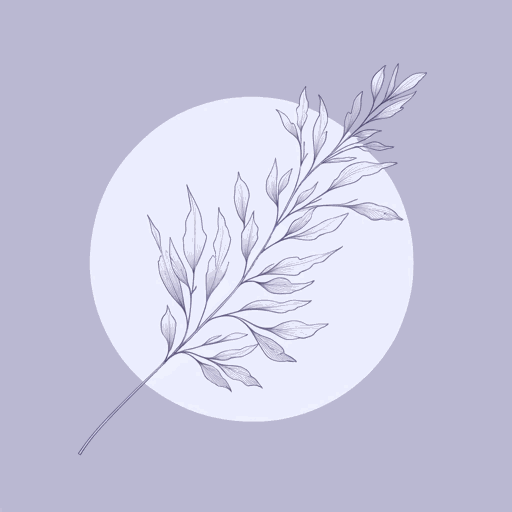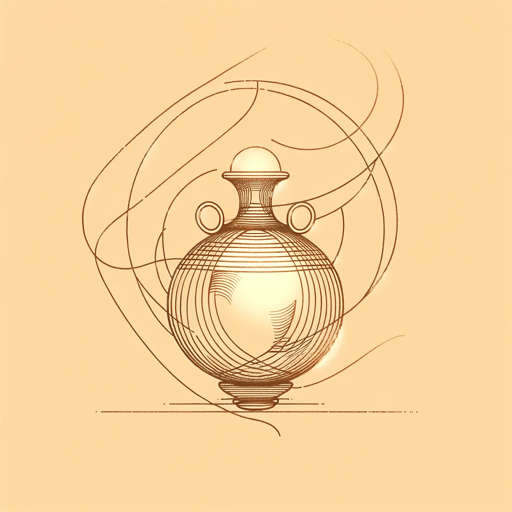48 pages • 1 hour read
HesiodTheogony
Fiction | Poem | Adult | BCEA modern alternative to SparkNotes and CliffsNotes, SuperSummary offers high-quality Study Guides with detailed chapter summaries and analysis of major themes, characters, and more. For select classroom titles, we also provide Teaching Guides with discussion and quiz questions to prompt student engagement.
Further Reading & Resources
Related Poems
"Pythian 1" by Pindar (c. 518-438 BCE)
Pindar was a Greek lyric poet of the Archaic Period. He is best known for his victory odes, celebratory pieces composed for winners of Panhellenic athletic competitions like the Olympic Games. Pythian 1 shows clear influence from Hesiod’s Theogony; especially worthy of review are Lines 13-35, where Pindar thanks Zeus for imprisoning the monstrous Typhus (Typhoid in the Theogony).
"Hymn to Zeus" by Cleanthes (third century BCE)
The Stoic philosopher Cleanthes wrote The Hymn to Zeus in the third century BCE. Like the Theogony, it resembles a traditional cultic hymn in its full-throated celebration of Zeus without being a proper hymn. It is primarily interested in Zeus in personal terms as the ruler of the cosmos and, therefore, as a sort of divine father for humankind.
"Works and Days" by Hesiod (c. 750-650 BCE)
Works and Days is Hesiod’s other major work besides the Theogony. Unlike the Theogony, it is a didactic poem: It is meant to teach the reader about various practical truths, including agriculture and sailing. That being said, like the Theogony, Works and Days encourages a just, non-violent lifestyle in a fully-integrated community, the polis.


